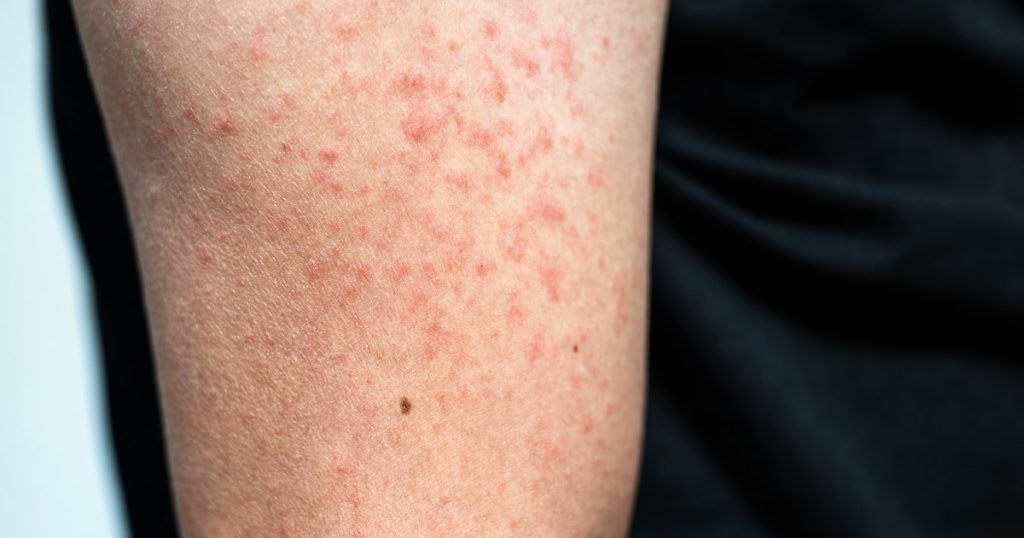In the past three months, measles cases in the United States have spiked, with outbreaks reported in various parts of the country. These include outbreaks at a migrant shelter in Chicago, an elementary school in southeast Florida, and a children’s hospital and day care in Philadelphia. As of Thursday, 64 cases across 17 states had been recorded, already surpassing last year’s total of 59 cases. Most cases this year have been linked to international travel, and the majority are among children who have not received the measles, mumps, and rubella (MMR) vaccine.
Two doses of the MMR vaccine are 97% effective, but the Centers for Disease Control and Prevention (CDC) has warned that “pockets of low [vaccination] coverage leave some communities at higher risk for outbreaks.” In Chicago, there were 33 cases as of Wednesday, with 22 cases among children under age 5, mostly connected to the outbreak at the migrant shelter. Pennsylvania reported nine cases from December to January, while Florida recorded 11 cases, with an outbreak at an elementary school in Broward County having ended, according to the Florida Health Department.
While disease experts have expressed concern about the rise in cases, the U.S. is not yet close to the total from 2019, when the country almost lost its measles elimination status due to outbreaks in Orthodox Jewish communities in New York. Measles is highly contagious, with an infected person able to spread it to up to 90% of close contacts who are not immune. Thanks to widespread vaccination, measles was eliminated in the U.S. in 2000, but occasional outbreaks still occur due to falling vaccination rates. Most people who contract measles now are unvaccinated, despite the vaccine being recommended for children between 12 and 15 months and 4 to 6 years old.
Symptoms of measles include a high fever, cough, pink eye, runny nose, and tiny white spots in the mouth, followed by a blotchy rash that spreads across the body. Some individuals may develop severe complications such as pneumonia, brain swelling, or secondary bacterial infections. Before the measles vaccine was introduced in 1963, thousands of people in the U.S. were hospitalized each year, with hundreds dying from the disease annually. Today, 1 in 5 unvaccinated individuals who contract measles are hospitalized, and 1 to 3 out of every 1,000 children with measles die from complications, according to the CDC. It is crucial for vaccination rates to increase to prevent further outbreaks of this highly contagious and potentially dangerous disease.


